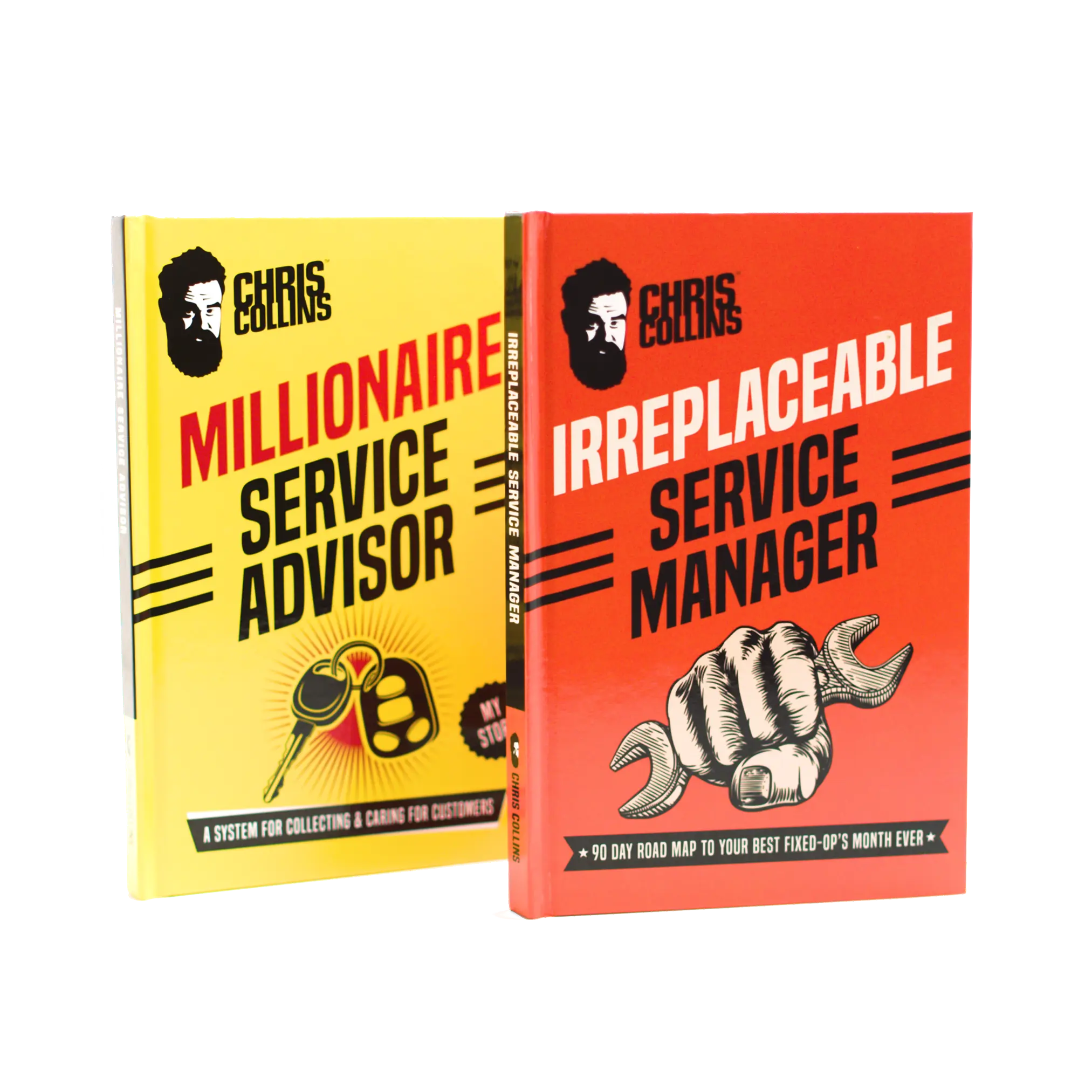It’s more lucrative than ever to enter the EV space, just like the early 1900s when all these hundreds of car companies were trying to make their name in the marketplace. In creating brand perception, they focused on their CSI score and customer loyalty and retention.
A ton of new EV companies will soon enter the EV market, saturating the automotive industry with more competitors trying to establish marketplace perception and become recognized more than ever before.
Tesla’s introduction into the EV market mimics the birth of our industry following Henry Ford in the early 1900s since car companies and auto brands are entering the EV market and positioning themselves locally today.
Our business model is changing because of the EV business. Why?
We all know Tesla and how their monumental success in the EV market is globally recognized, yet the brand holds only a 5% market share in the entire auto space. With EV, however, the disadvantage in entering the marketplace now lies in lacking perception and a well-known brand presence. Getting your foot in the door to the EV market is now harder than ever before.
So, these upcoming competitors are looking into creating this well-known recognition in avenues of global culture, take Los Angeles or New York for example, and are completely changing the business model with the repair services offered in leasing their vehicles.
How is Tesla’s business model boosting its CSI Score?
Offering insurance is a big part of Tesla’s business model, where they offer what they call “self-insurance” that is similar to extended warranties and the in-house fabric protection included.
Most of the time when you do this, let’s say you collect $3,000 for an extended warranty, maybe $1500 of it goes to the actual insurance of it, and around $200 will go to the reinsurance and the administration of it. And so when it’s all said and done, maybe on $3,000, you got $1,200 of it going to the insurance.
Now you can use that money in two ways: 1) your income from the return on the investment of the money was more than what paid the claims. But, the other thing you can do with that money is 2) you can borrow against it.
So it’s like a bank. So instead of investing it, you can say, “I want to loan myself that $500,000, then I’ll pay 4% interest, I’ll pay a fair interest rate on it.” But you can fix cash flow issues, or you can fix acquisition issues, you can use money to acquire other things. You can use that money to fund growth, factories, etc.
It’s basically cash you can borrow from yourself. And if you do it and the claims are low, and you’ve charged the right amount of money because you can, you know, there’s, there are companies and people out there that will tell you like, “Hey, here’s your risk factor, here’s what you should charge.” But you can mark that up.

What does this mean for the service and parts department?
These recent EV market trends affect your service department. The costly price and the luxury of an EV product makes consumers more apprehensive about this purchase. Knowing that, these companies enter the market and offer other innovative and unique perks. Insurance money ends up being a huge factor.
How much will that change on the manufacturing and the service side of things? Will we start including insurance, like when we look at the repairs and maintenance on a car more like insurance than having the customers pay out of pocket going forward?
Because that’s what these new EV companies are going to do.
With Tesla’s virtual service departments, for example, the technician goes to the customer instead of the other way around. Also, EV competitors lease specific parts, like batteries, and offer leases or rentals on a month-to-month basis with no commitment to buy needed whatsoever. The lease can include service policies that cover insurance, maintenance, alignments, or even the entire cost of the car– taking away your loyal customers who would come to you for these services and repairs.
And they offer all of this, just so they can get their foot in the door for the country’s perception and recognition. They want people to talk and share with others about the greatness of their brand. This re-localization of our business model requires fulfilling your local audience’s wants and needs– instead of trying to gain the largest market share amongst thousands of competitors.
CSI Score: What’s the added value that differentiates you?
Let’s say you have a shop or dealership or a service department, and I have one, and you’re charging $300 a month as a subscription for any maintenance or repairs that are needed on a car, and I’m charging a $300 flat rate.
What would differentiate you from me? What perks or subscriptions do you offer that would make me be a loyal customer you can retain?
The best retention strategies are the ones that make it really easy for the customer, such as reducing their stress and making them feel comfortable, to seek the services you offer. If you have that recurring revenue with a subscription, you would be able to make guaranteed appointments, or you could do valet pickup service, you could have a 24-hour hotline, etc. With that recurring revenue, the options here are really infinite.

Treat Your CSI Score Like It’s Your Baby
So many of us in the service department get lost focusing on profitability, how many sales we generate, or our RO count, but with these recent EV market trends, the focus needs to shift to your CSI score instead– satisfied customers always convert into loyal customers.
I like to say slow is the new fast. I found that in the northern regions of the country where it gets snowy, some service departments offer “lifetime alignments” because the cars require special winter tires during the cold months. And they started doing this because they would see a huge influx of customers at two peaks for the year to get their winter tires put on and then taken off three months later.
This influx overwhelms the service department, and with not enough technicians to serve all the customers, shortcuts get taken, you can’t sell breaks, and that’s where you’re losing your profit. Because your service department is overrun and cannot handle the volume. If this is the case, that volume will not come back for these brakes or alignments you failed to offer them then.
So, these lifetime alignments essentially model a sort of subscription service where the customer pays a fixed rate and the service drive guarantees to provide them with whatever they may need. This is great for establishing a sense of trust and boosting customer loyalty and retention.
This subscription-based model is a win-win.
It’s secure for the shop, and secure for the customer, and you’re guaranteed that secure income. This peace of mind for your customer is key in maintaining interpersonal and trusting relationships.
Make people want to talk about how great your service department treats their customers. These loyal customers will boost your brand reputation, drawing in more new customers too, which all comes into play for increasing your CSI score.










